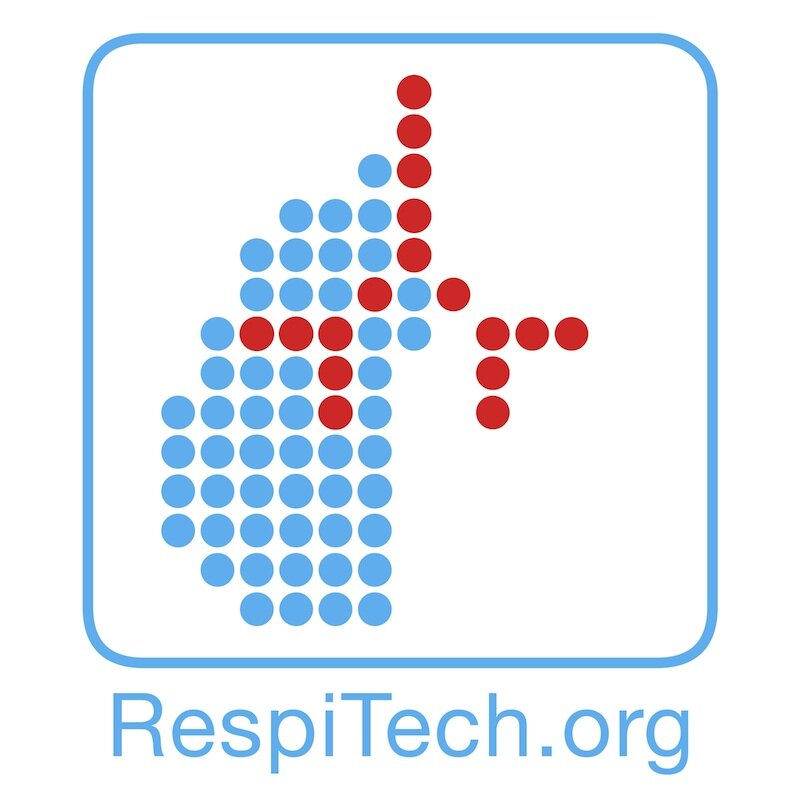Dina M. Silva, Larissa Gomes Dos Reis, Mark J. Tobin, Jitraporn Vongsvivut, Daniela Traini, Vitor Sencadas
Abstract
The management of respiratory diseases relies on the daily administration of multiple active pharmaceutical ingredients (APIs), leading to a lack of patient compliance and impaired quality of life. The frequency and dosage of the APIs result in increased side effects that further worsens the overall patient condition. Here, the manufacture of polymer-polymer core-shell microparticles for the sequential delivery of multiple APIs by inhalation delivery is reported. The microparticles, composed of biodegradable polymers silk fibroin (shell) and poly(L-lactic acid) (core), incorporating ciprofloxacin in the silk layer and ibuprofen (PLLA core) as the antibiotic and anti-inflammatory model APIs, respectively. The polymer-polymer core-shell structure and the spatial distribution of the APIs have been characterized using cutting-edge synchrotron macro ATR-FTIR technique, which was correlated with the respective API sequential release profiles. The APIs microparticles had a suitable size and aerosol properties for inhalation therapies (≤4.94 ± 0.21μm), with low cytotoxicity and immunogenicity in healthy lung epithelial cells. The APIs compartmentalization obtained by the microparticles not only could inhibit potential actives interactions but can provide modulation of the APIs release profiles via an inhalable single administration.
